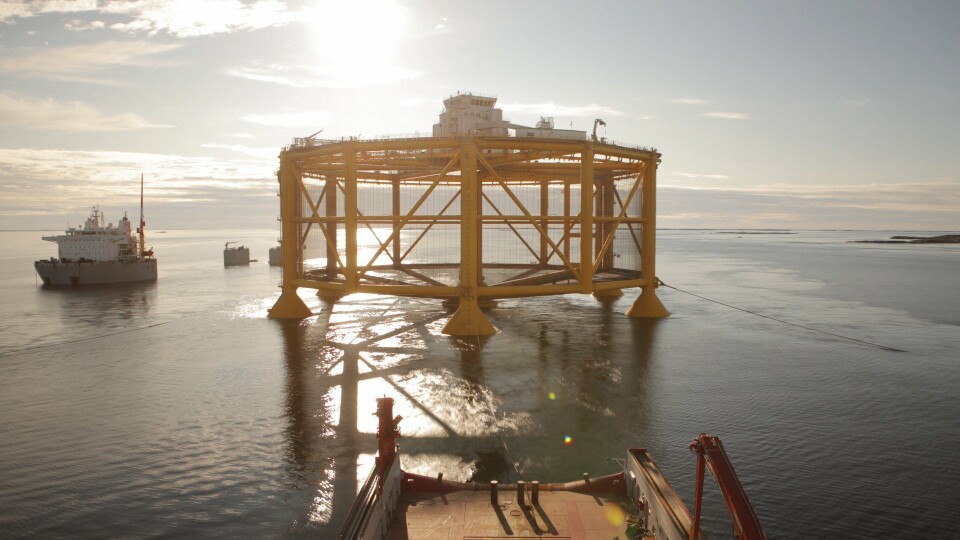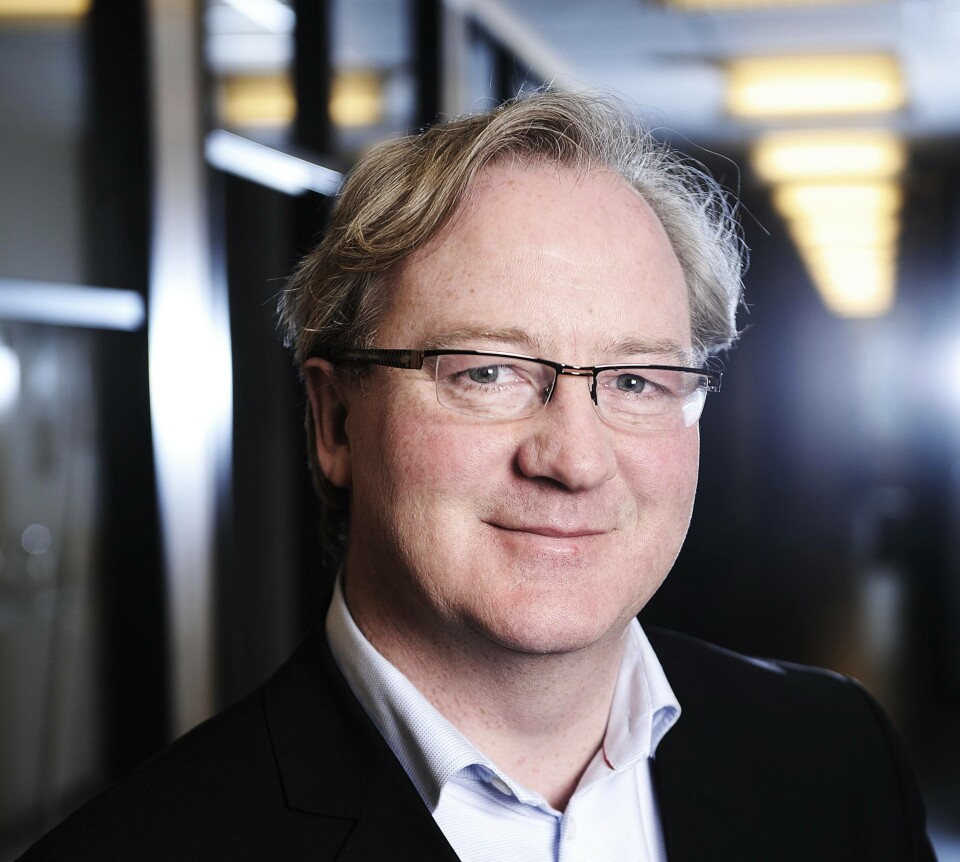
SSF boosts Salmar despite gill health issues
Scottish Sea Farms (SSF) contributed NOK 67.6 million (£6.26m) to co-owner Salmar's third-quarter operating profit of NOK 801.3m, despite gill health issues forcing it to harvest fish below optimum weight.
According to Salmar's Q3 report released today, SSF generated gross operating revenues of NOK 631.9m in the third quarter 2017, up from 598.7m in the second quarter this year and from NOK 511.9m in the third quarter 2016.
SSF harvested a record total of 9,400 tonnes of fish in the quarter, around 1,000 tonnes more than in the previous quarter and just under 1,300 tonnes more than in the corresponding period last year. Salmar’s share of the volume harvested came to 4,700 tonnes. SSF company posted strong results in the third quarter 2017.

"Underlying operations are good, but Scottish Sea Farms has been affected by biological challenges relating to gill health at certain sites in mainland Scotland and Shetland," stated Salmar, which shares ownership of SSF with fellow Norwegian salmon farmer Lerøy. "The gill health issues had a negative impact on the quarter’s results, since it was necessary to prematurely harvest fish with a low harvest weight.
"The harvesting of fish with a low final weight will continue into the fourth quarter, and will negatively affect the volume harvested in 2018."
Harvest volume
Salmar said SSF expects to harvest around 32,000 tonnes in 2017 as a whole. The harvested volume in 2018 is estimated at 27,000 tonnes.
SSF's contract rate for the quarter was 41 per cent. Operating profit per kg gutted weight came to NOK 19.46 in the quarter, down from NOK 26.91 per kg in the previous quarter, but up from NOK 18.59 per kg in the third quarter last year.
Overall, Salmar said an improved biological situation and strong operations in all the group's segments contributed to lower costs and a strong result. The group's Q3 operating profit of NOK 801.3m was up from NOK 576.3m in the third quarter last year.
"Strong operations in all segments and an improving biological situation have enabled Salmar to once again deliver strong financial results, despite a fall in salmon prices through the quarter," said Salmar chief executive Trond Williksen. "It is particularly pleasing that the steady reduction in costs we have achieved in recent periods continued in the third quarter, and that the extensive efforts and substantial investments we have made over time to deal with salmon lice are now starting to pay off."
Net cash flow
Salmar generated gross operating revenues of NOK 2.7 billion in the third quarter, up from NOK 2.3bn in the corresponding period last year. The group harvested 34,000 tonnes, compared with 29,600 tonnes in the third quarter 2016. This gave an operating profit per kg of NOK 23.60 in the third quarter, while operating profit per kg in the second quarter came to NOK 28.12.
Salmar expects to harvest around 134,000 tonnes in Norway in 2017 as a whole, rising to around 143,000 tonnes next year.
Net cash flow from investing activities came to NOK -234.6m in the period. The bulk of the payments, NOK 261.2m, relate to investments in property, plant and equipment, including NOK 129.2m on the Ocean Farm 1 offshore fish farm project. Salmar's report states: "The project has now entered an operative pilot phase. The first generation to be produced at the offshore facility is expected to be harvested in the second half of 2018. If it succeeds, the project has major potential for the entire aquaculture industry."























































